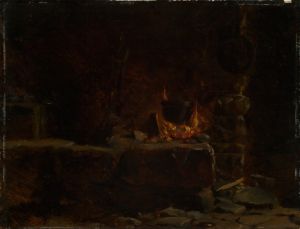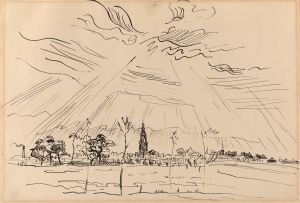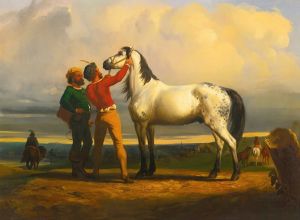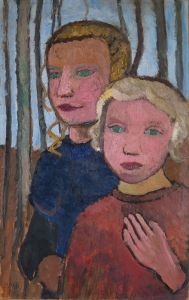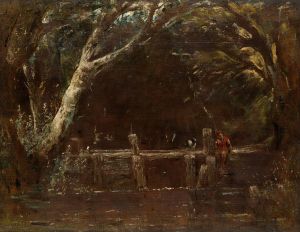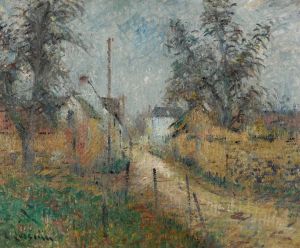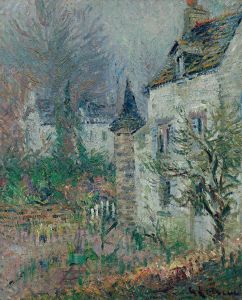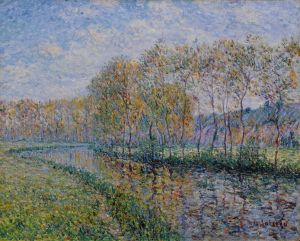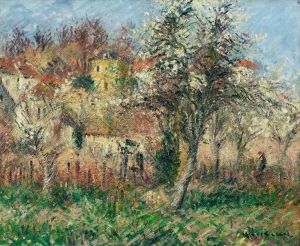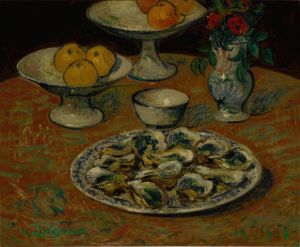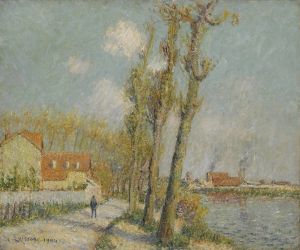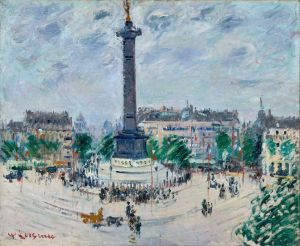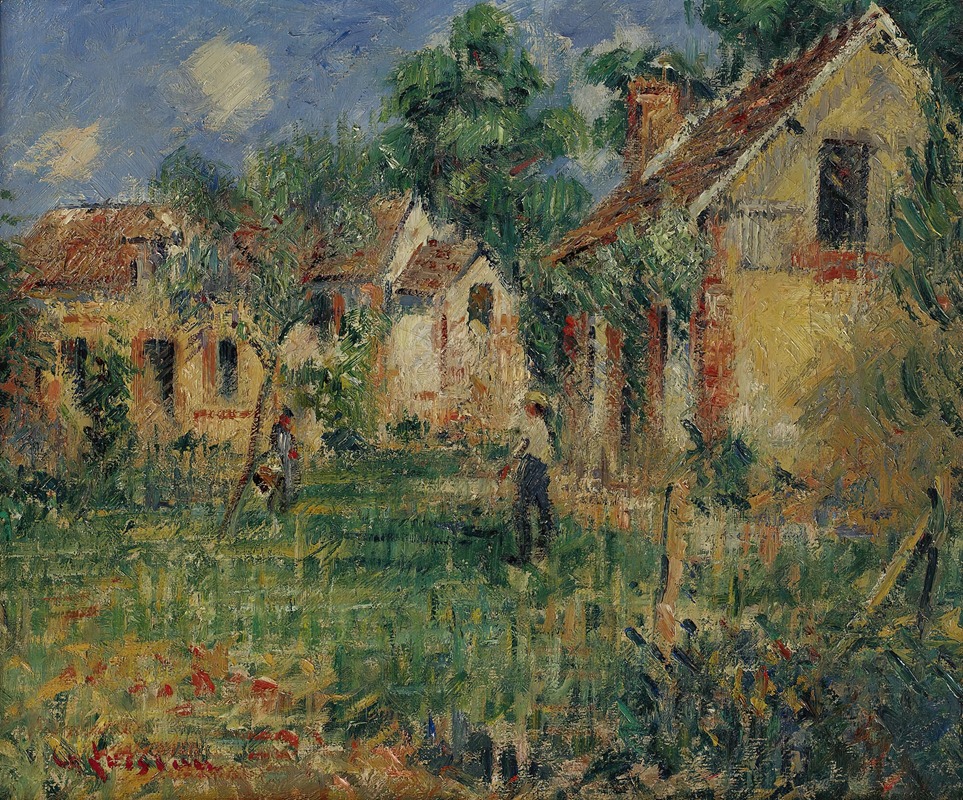
Petite Ferme Aux Environs De Caen
A hand-painted replica of Gustave Loiseau’s masterpiece Petite Ferme Aux Environs De Caen, meticulously crafted by professional artists to capture the true essence of the original. Each piece is created with museum-quality canvas and rare mineral pigments, carefully painted by experienced artists with delicate brushstrokes and rich, layered colors to perfectly recreate the texture of the original artwork. Unlike machine-printed reproductions, this hand-painted version brings the painting to life, infused with the artist’s emotions and skill in every stroke. Whether for personal collection or home decoration, it instantly elevates the artistic atmosphere of any space.
Gustave Loiseau was a French Post-Impressionist painter known for his landscapes and scenes of rural life. Born on October 3, 1865, in Paris, Loiseau developed a distinctive style characterized by his use of vibrant colors and dynamic brushwork. He was particularly interested in capturing the changing effects of light and atmosphere, a hallmark of the Impressionist movement, although his work is often associated with the Post-Impressionist period due to its more structured composition and use of pointillism.
"Petite Ferme Aux Environs De Caen" is one of Loiseau's many works that depict the serene and picturesque landscapes of the French countryside. While specific details about this particular painting are limited, it is consistent with Loiseau's broader body of work, which often features rural settings, farms, and small villages. The title translates to "Small Farm Near Caen," indicating that the scene is set in the vicinity of Caen, a city in the Normandy region of northwestern France. This area is known for its lush landscapes and historical significance, providing a rich backdrop for Loiseau's artistic exploration.
Loiseau's technique often involved painting en plein air, or outdoors, which allowed him to observe and capture the natural light and colors of the landscape directly. This approach was popular among Impressionists and Post-Impressionists, as it enabled artists to convey the immediacy and transient beauty of nature. In "Petite Ferme Aux Environs De Caen," Loiseau likely employed this method to render the subtle shifts in light and shadow across the farm and its surroundings.
The painting is expected to exhibit Loiseau's characteristic brushwork, which combines short, quick strokes with a more deliberate application of paint to create texture and depth. His palette typically includes a range of greens, blues, and earth tones, reflecting the natural hues of the countryside. The composition of his landscapes often features a balanced arrangement of elements, guiding the viewer's eye through the scene while maintaining a sense of harmony and tranquility.
Loiseau was part of a group of artists who were influenced by the Impressionists but sought to develop their own unique styles. He was associated with the School of Rouen, a group of painters who worked in the Normandy region and were known for their focus on capturing the atmospheric effects of the landscape. Throughout his career, Loiseau exhibited his work in several prominent venues, including the Salon des Indépendants and the Salon d'Automne in Paris, where he gained recognition for his contributions to the Post-Impressionist movement.
While "Petite Ferme Aux Environs De Caen" may not be as widely known as some of Loiseau's other works, it remains an example of his dedication to portraying the beauty and simplicity of rural France. His paintings continue to be appreciated for their ability to evoke the peacefulness and charm of the countryside, capturing moments of everyday life with sensitivity and skill.






